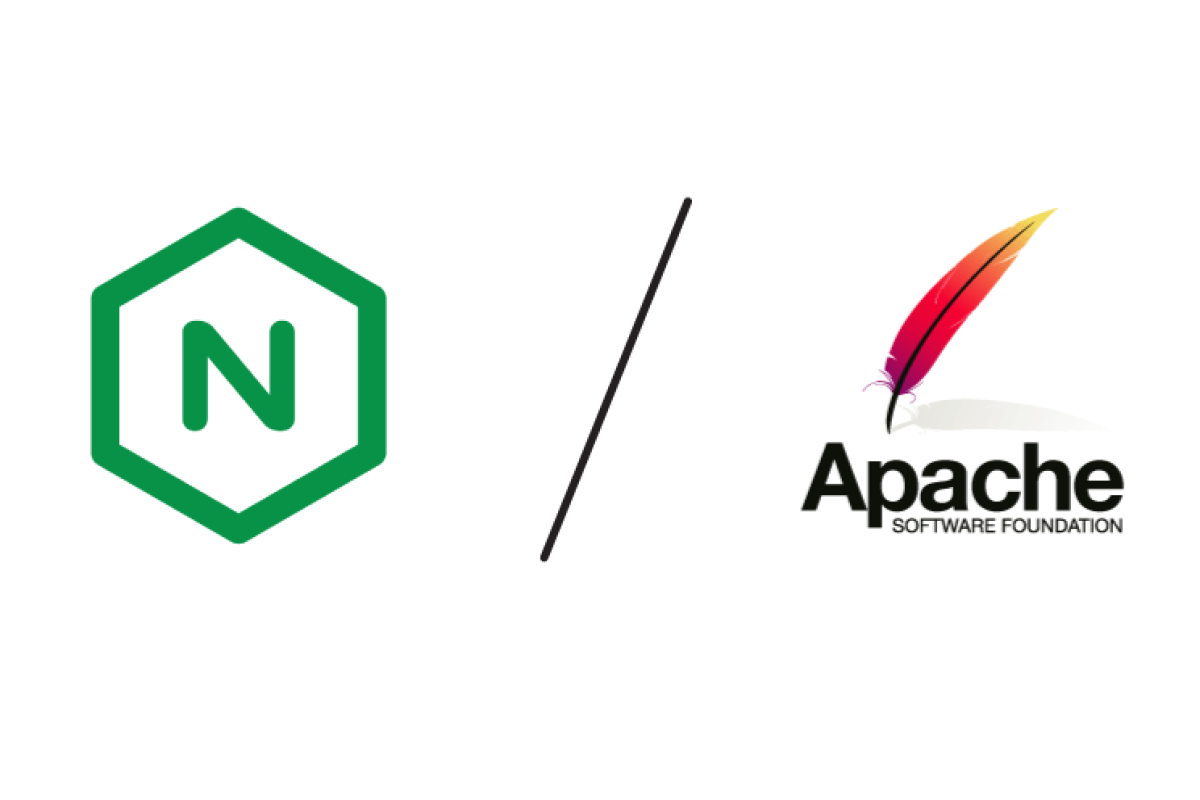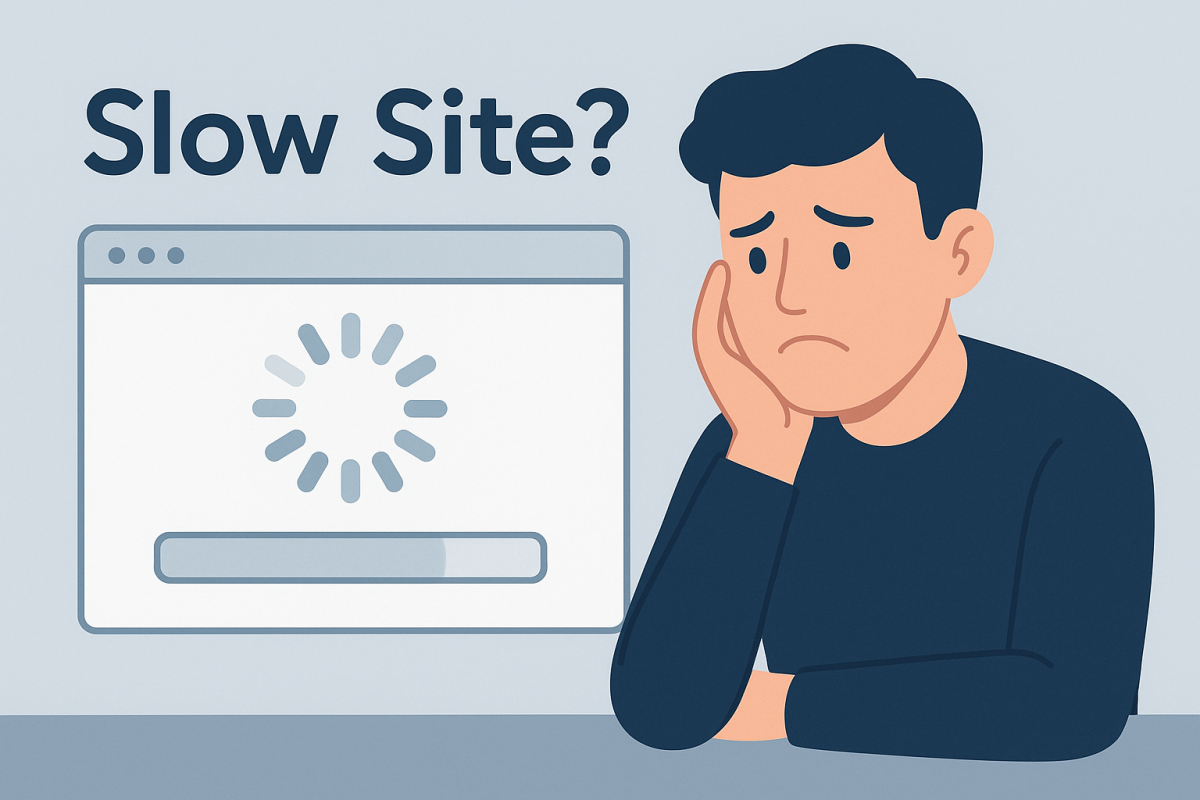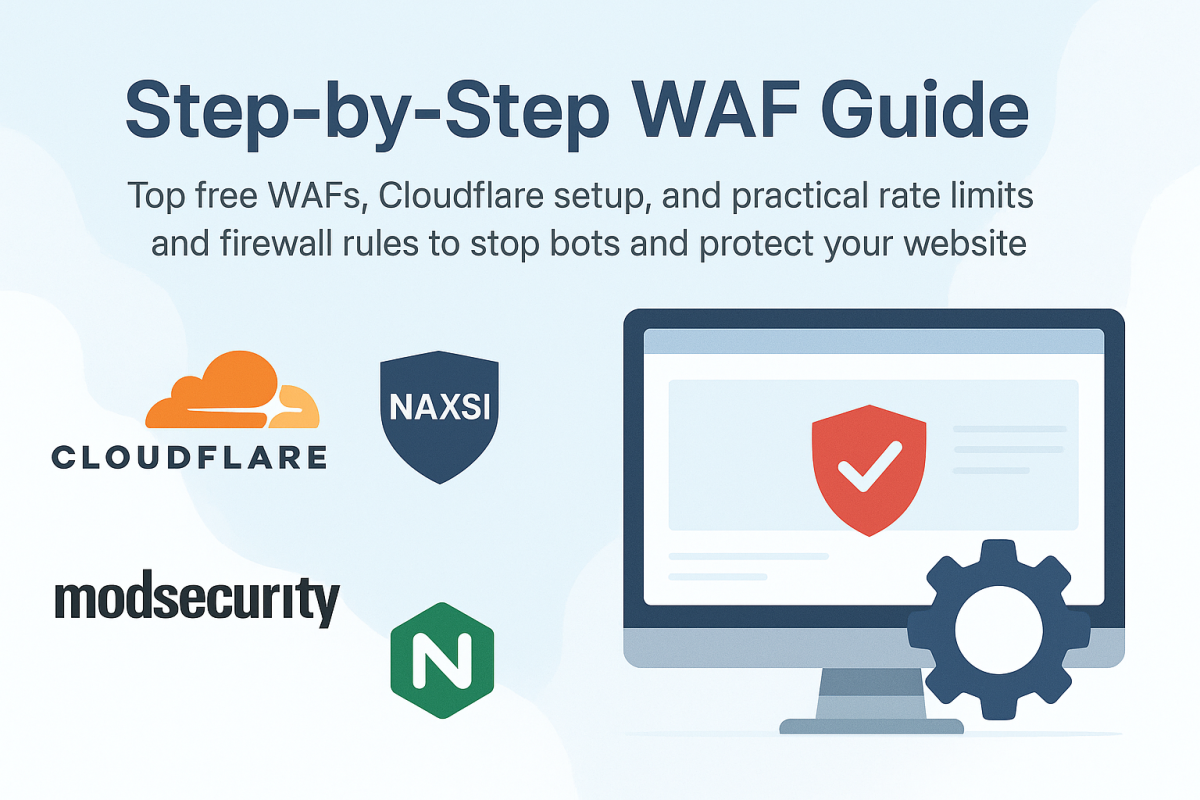Introduction
Creating a website is an exciting journey, but it can also be daunting if you skip the fundamentals. In this guide you’ll find ten in‑depth steps to help you go live with confidence, avoid common pitfalls and build a site that drives traffic, delivers value and grows with your business. Whether you’re a solo entrepreneur or part of a small team, these actionable tips will save you time, money and headaches.
1. Define Your Goals and Audience
Clarify your purpose and who you serve before any design work starts.
- List primary goals, such as lead generation, ecommerce sales or portfolio showcase,
- Create 2 to 3 buyer personas describing demographics, needs and pain points,
- Identify key user journeys, for example visitors landing on a blog post then signing up for your newsletter,
- Set measurable objectives like “achieve 1,000 monthly visitors within six months” or “convert 5 percent of visitors into subscribers.”
2. Plan Your Information Architecture
A clear site map and navigation reduce user frustration and improve SEO.
- Sketch your main pages, subpages and content hierarchy on paper or in a simple tool like Miro,
- Limit top‑level menu items to 5 to 7 entries for clarity,
- Group related content under logical categories, for example Services → Web Development → E‑Commerce,
- Add a search feature if your site will have more than 20 pages, and plan for breadcrumbs on deeper pages.
3. Select a Memorable Domain Name
Your domain is your address on the web, choose wisely.
- Aim for short, brandable names under 15 characters,
- Avoid hyphens, numbers or obscure spellings that cause typos,
- Check trademark databases to avoid legal issues,
- Register multiple extensions (.com, .net, .io) or country codes if relevant,
- Enable auto‑renewal and WHOIS privacy protection to keep your ownership secure.
4. Choose the Right Hosting Environment
Match performance, budget and management level to your needs.
- Shared Hosting for blogs or brochure sites with low traffic and tight budgets,
- VPS or Cloud Hosting on platforms like DigitalOcean or AWS for growing businesses requiring more resources and control,
- Managed Hosting for hands‑off maintenance, with auto updates, daily backups and expert support,
- Check for SSD storage, global CDN integration, HTTP/2 support and at least 1 GB RAM for basic WordPress or custom PHP sites,
- Review uptime guarantees, response SLAs and support channels (live chat, phone, email) before committing.
5. Craft Wireframes and Visual Design
Translate ideas into layouts that balance branding, usability and conversion.
- Begin with low‑fidelity wireframes in Balsamiq or Figma to map content placement,
- Validate layouts with 3 to 5 potential users or colleagues to catch confusion early,
- Develop high‑fidelity mockups showing colors, typography and imagery,
- Choose a mobile‑first approach, designing for the smallest screen first then scaling up,
- Define a design system with reusable components, color palette and font scale for consistency.
6. Develop with Best Practices
Build your site on a solid technical foundation for speed and security.
- Use modern stacks like Next.js, Laravel or a lightweight CMS such as WordPress with custom themes,
- Optimize images using automated build tools like Webpack or Gulp, converting to WebP and adding
srcset, - Minify CSS, JavaScript and HTML, defer non‑critical scripts and inline critical CSS for faster first paint,
- Implement HTTPS everywhere with free Let’s Encrypt SSL certificates,
- Follow OWASP guidelines for sanitizing inputs, secure user authentication and CSRF protection.
7. Populate Content and On‑Page SEO
High‑quality content and metadata help search engines index and rank your pages.
- Write original, user‑focused copy that answers real questions,
- Structure content with one H1 per page, followed by H2 and H3 for subheadings,
- Optimize meta titles (50–60 characters) and descriptions (150–160 characters) containing primary keywords,
- Add descriptive alt text to images and use meaningful URLs like
/services/web‑development, - Include internal links to related pages and external links to authoritative sources for context.
8. Test, Validate and Iterate
Thorough QA and user testing ensures a polished launch.
- Test across major browsers (Chrome, Firefox, Safari, Edge) and devices (iOS, Android),
- Validate HTML and CSS with W3C tools, check JavaScript console for errors,
- Run performance audits in Lighthouse and GTmetrix, fix any issues flagged under 90 scores,
- Conduct usability tests with friends or team members, observe where they hesitate or get confused,
- Implement feedback rapidly, then retest to confirm improvements.
9. Launch, Monitor and Backup
A smooth go‑live and vigilant monitoring protect your investment.
- Schedule launch during off‑peak hours in your target region,
- Double‑check DNS settings and CDN configurations before flipping your DNS,
- Enable uptime monitoring with services like UptimeRobot or Pingdom to receive instant alerts,
- Set up automated backups stored off‑site, with both full and incremental restore points,
- Monitor real‑time analytics in Google Analytics and Search Console for crawl errors or sudden traffic drops.
10. Promote, Measure and Improve
Your work doesn’t end at launch, continuous optimization drives growth.
- Announce your new site via email newsletters, social channels and relevant communities like Reddit or LinkedIn groups,
- Track key metrics: unique visitors, bounce rate, session duration, conversion rates and user flows,
- Run A/B tests on headlines, CTAs and layouts using tools like Google Optimize or Optimizely,
- Solicit user feedback through surveys or live chat interactions to uncover pain points,
- Plan quarterly content updates and feature enhancements based on data and user input.
Conclusion
Launching a successful website is a structured process that blends strategy, design, development and ongoing optimization. By following these ten essential steps you’ll create a faster, more secure, and user‑friendly site that ranks well in search engines and drives real business results.
Call to Action:
Ready to build or relaunch your website with a proven process and expert support? Contact Hunter Tech today for a tailored consultation and hands‑on development that accelerates your online success.




